 Technology
Technology  Technology
Technology  Humans
Humans 10 Everyday Human Behaviors That Are Actually Survival Instincts
 Animals
Animals 10 Animals That Humiliated and Harmed Historical Leaders
 History
History 10 Most Influential Protests in Modern History
 Creepy
Creepy 10 More Representations of Death from Myth, Legend, and Folktale
 Technology
Technology 10 Scientific Breakthroughs of 2025 That’ll Change Everything
 Our World
Our World 10 Ways Icelandic Culture Makes Other Countries Look Boring
 Misconceptions
Misconceptions 10 Common Misconceptions About the Victorian Era
 Mysteries
Mysteries 10 Strange Unexplained Mysteries of 2025
 Miscellaneous
Miscellaneous 10 of History’s Most Bell-Ringing Finishing Moves
 Technology
Technology Top 10 Everyday Tech Buzzwords That Hide a Darker Past
 Humans
Humans 10 Everyday Human Behaviors That Are Actually Survival Instincts
 Animals
Animals 10 Animals That Humiliated and Harmed Historical Leaders
Who's Behind Listverse?

Jamie Frater
Head Editor
Jamie founded Listverse due to an insatiable desire to share fascinating, obscure, and bizarre facts. He has been a guest speaker on numerous national radio and television stations and is a five time published author.
More About Us History
History 10 Most Influential Protests in Modern History
 Creepy
Creepy 10 More Representations of Death from Myth, Legend, and Folktale
 Technology
Technology 10 Scientific Breakthroughs of 2025 That’ll Change Everything
 Our World
Our World 10 Ways Icelandic Culture Makes Other Countries Look Boring
 Misconceptions
Misconceptions 10 Common Misconceptions About the Victorian Era
 Mysteries
Mysteries 10 Strange Unexplained Mysteries of 2025
 Miscellaneous
Miscellaneous 10 of History’s Most Bell-Ringing Finishing Moves
Top 10 Theories Of Why We Dream
Dreaming, much like binge-watching Netflix, is one of those things we all do, but no one seems to understand why. We don’t dream every time we sleep, and when we do, it’s usually of some random scenario that makes no sense. We sometimes wake up with a vague recollection of a dream, but we typically can’t piece together anything concrete. This tends to be why it’s hard to study dreams, since they’re inconsistent, random, and easily forgotten (except for those pesky nightmares you’ve been getting since you were eight). Psychologists tend to agree that dreaming serves no direct physical function. However, some researchers believe that we dream for a reason and that it serves some sort of emotional, or primary, function.
These types of psychologists tend to study not only the causes of dreams but also their meanings. They delve into what dreaming can do for our bodies and our brains, such as if they can indicate how we view the world or process information. Others research the history of dreaming and whether only some of our evolutionary ancestors could dream, giving them some sort of selective advantage from those who couldn’t.
Let’s explore the top ten reasons that could explain why we dream.
10 They Consolidate Memories

Numerous studies have found that dreams help us store information. When we dream, it allows our brain to move information into long-term memory storage.[1] Neuroscientists have found that during the day, memories are stored in the hippocampus, a part of the brain associated with long-term memory. While we sleep, memories are transferred from the hippocampus to the cerebral cortex, the part of the brain that processes new information and is known for cognition and knowledge.
Sleep allows our brain time to transfer memories to different parts of the brain so that they can be recorded and sometimes even restored. Studies have also found that before memories are transferred to the cerebral cortex, the hippocampus seems to replay our day, sometimes in reverse!
9 They’re Therapeutic

We’ve all experienced a dream that seems all too familiar, and we’ve all gone to bed after watching a scary movie and had a nightmare starring a mysterious, dark figure that eerily resembles the monster from the movie. Dreams help us deal with strong emotions, like fright, sadness, and love. Psychologists believe that dreams act to strip away emotions from events.[2] By stripping away these emotions and separating them from events, we are better able to process the emotions, since our brain is able to make connections between feelings and past experiences. Researchers have found that these connections are different from the ones our brain would have made had it been fully awake.
These different connections allow for the development of new perspectives by viewing situations in different ways and possibly aid in working through a tough situation by looking at it from another point of view. Some researchers believe that this might be a way to get to the root of one’s anger, sadness, fear, or happiness, while others believe it is a safe space in which humans can solve their deepest problems and explore their most haunting insecurities.
8 They Prevent Anxiety
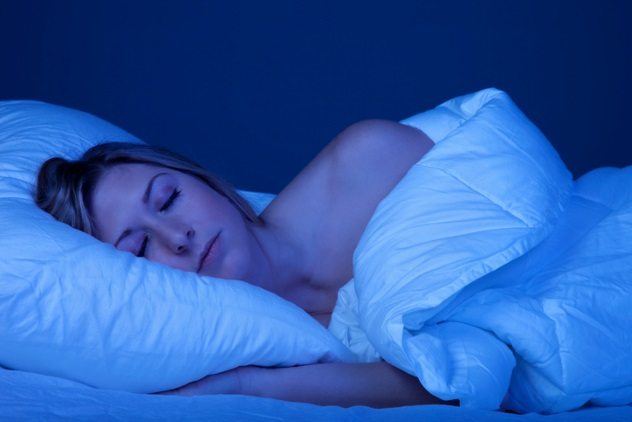
A 2009 study conducted on depressed and anxious patients found an interesting correlation between dreaming and cognitive distortions.[3] Five researchers studied two groups of college students: The first group consisted of 35 healthy students, and the second group of 20 depressed and anxious students. These students were awakened ten minutes into a rapid eye movement (REM) sleep episode and then ten minutes into a non-rapid eye movement (NREM) sleep episode. After these periods of sleep, the students completed memory recall, mood, and self-appraisal tests.
The researchers found that the students with depression and anxiety had dreams with themes of aggression and self-victimization more often than the healthy patients. REM sleep may help depressed and anxious patients deal with and work through their emotions regarding self-worth, sadness, and anger.
7 They Lead To Overall Well-Being

A study found that patients who were not allowed to sleep faced some severe consequences.[4] Like the students in the study mentioned previously, these patients were woken up right when they were entering REM sleep. Researchers found that when the participants weren’t allowed to dream, they experienced increased tension, difficulty concentrating, lack of coordination, and slight weight gain. They also had a tendency to hallucinate.
Granted, some of these side effects could be due to an overall lack of sleep and not a lack of dreaming. However, numerous studies have proven that most of these side effects arise from a lack of REM sleep specifically, and we only dream during REM sleep.
6 Not Dreaming May Signal Psychiatric Disorders

Chronic sleep problems affect between 50 and 80 percent of patients who have diagnosable psychiatric disorders, while only around ten percent of the general US population suffers from a sleep disorder. Researchers at Harvard University conducted a study in 2009 that found a link between dreaming and common psychiatric disorders, like bipolar disorder.[5] They found that for both children and adults, sleep problems may raise the risk of developing a psychiatric disorder.
Interrupted REM sleep affects levels of neurotransmitters and stress hormones. This impairs emotional regulation and affects the way we think. Continued hormone imbalances and affected neurotransmitters are what may lead to psychiatric disorders. Although these findings are rather scary, this research has a practical application, since treating a sleep disorder may alleviate an underlying or concurrent mental disorder or prevent one from occurring.
5 Information Processing Theory
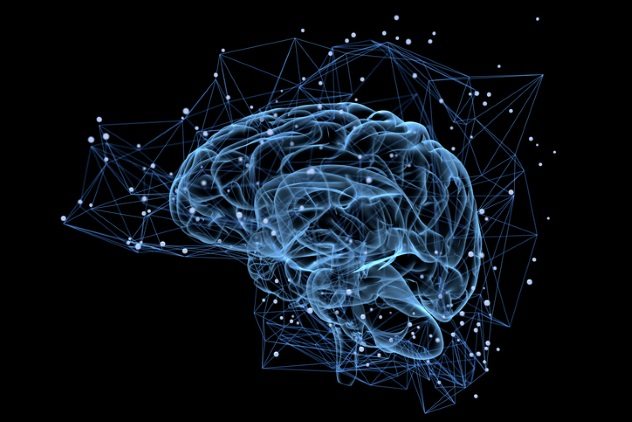
One particular study found that while in REM sleep, we process new concepts and link them to preexisting knowledge or distant but related concepts.[6] They found that dreaming arises when we become aware of these links, which are usually fragmented sounds or images coupled with motor activity. Our brain interprets these fragments and tries to create a narrative to connect them. These researchers found that this tends to be why our dreams are so bizarre, confusing, and creative.
The creativity that arises in dreams is all due to information that has been previously stored in our brains. When we attempt to link new information to extant knowledge, we interpret it in new ways that allow us to understand how the world works. They also found that dreaming makes us more aware of how we act in the world.
4 Psychoanalytic Theory Of Dreams
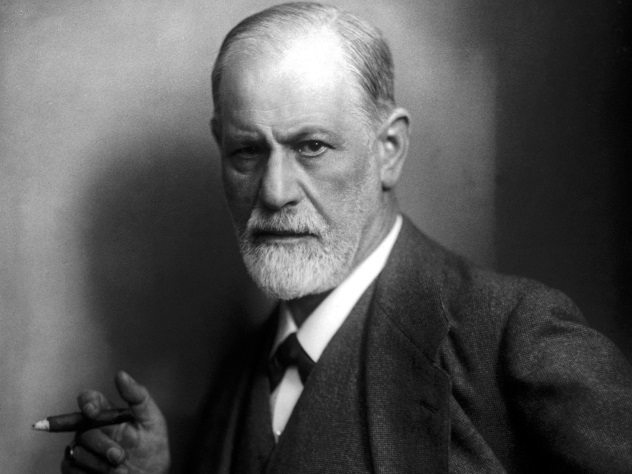
We can’t make a list about dreams without mentioning Freud, can we? Although many claims made by popular psychoanalyst Sigmund Freud have been disproved over the years, they remain an interesting topic of discussion and have made their way into mainstream literature and music. Freud specialized in the meaning of dreams, in deriving unconscious thoughts and desires from the types of dreams we have. He believed that we’re driven by aggressive and sexual instincts, which are repressed by our conscious and revealed by our unconscious through our dreams.
Freud believed that our dreams express unacceptable feelings, like sexual attraction to our own parents. He defined dreams as having manifest (remembered) content and latent (hidden) content.[7] It was in this latent content that Freud “found” the meaning of dreams.
3 Activation-Synthesis Model
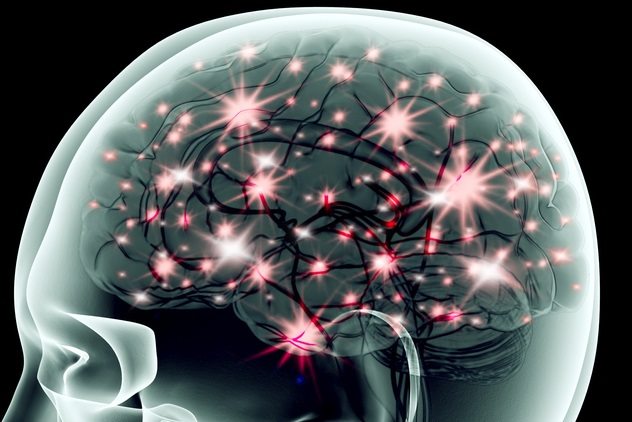
The activation-synthesis model, first introduced in 1977, explores how our brain creates dreams from signals.[8] However, instead of using our experiences and memories as the trigger, this theory holds that dreams arise from biological responses to the activation of some parts of the limbic system, like the amygdala.
When these areas “light up” while we sleep, our brain synthesizes and interprets this information in the form of dreams. Thus, dreams are a mere consequence of basic biological functioning. The authors of this theory, however, do not believe that dreams are meaningless. They believe this interpretation of biological signals (aka dreams) leads to something essential: new ideas.
2 Adaptive Theory

This theory has two parts: one dealing with threats and another dealing with lack of sleep. Psychologists believe that sleep allows animals to stay out of harm’s way. For example, when an animal sleeps, it usually retires to a safe location. Scientists believe that a period of rest prevents animals from getting hurt due to their own mistakes, essentially preserving their life. This behavioral strategy, which has been perpetuated due to natural selection, is what we now consider sleep.
The part of this theory that deals with dreams is the one that describes what happens with a lack of REM sleep. Researchers have found that when a person is not allowed to enter the REM sleep stage one night, they spend more time than usual in that stage the following night.[9] This is called REM rebound. Such a biological response can only indicate that REM is essential for proper functioning and that animals who did not engage in it (or did so for too short of a time period) were slowly weeded out by evolution. Natural selection has programmed us to sleep and dream as a way to adapt to our surroundings and stay out of harm’s way.
1 Threat Stimulation Theory
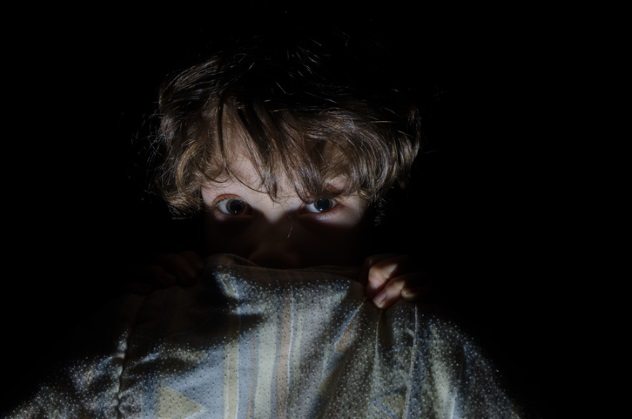
The threat stimulation theory of why we dream states that dreams allow us to prepare for threats or danger. Finnish researchers at the University of Turku found that threat simulations during dreams allow a person to rehearse the required cognitive mechanisms for proper threat perception and avoidance, leading to increased reproductive success.[10] They studied this claim by investigating the dreams of children in both threatening and nonthreatening households.
They found that those living in an environment where their physical well-being is constantly threatened tended to have wild dreams and a great threat simulation system, whereas those living in a safe household had a weakly activated system and much calmer dreams, free of threat cues.
They followed this study with another one done on traumatized and non-traumatized children. Their results concurred with those obtained from the previous study. They found that traumatized children tended to have a significantly greater number of dreams and that their dreams were plagued with threats and violence. On the other hand, the mentally healthy children had dreams that were less severe in nature than those of the traumatized children, and they dreamed much less frequently.
I’m a full-time Physics student at the University of Pennsylvania.
Read more about dreams on Top 10 Amazing Facts About Dreams and 10 More Amazing Facts About Dreams.








